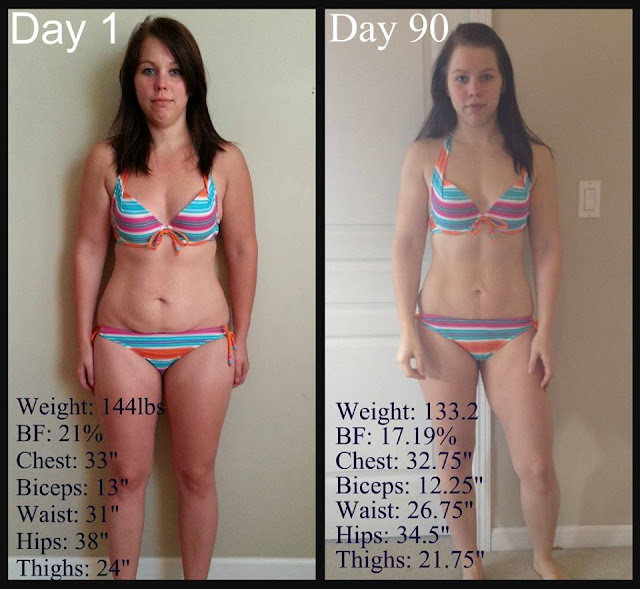Five Tips for Real Weight Loss
When it comes to the world of dieting and weight-loss, beginners often find that it is a difficult sea to navigate. From celebrity-endorsed weight loss plans to websites saturated with advertisements for various supposed “miracle” supplements, the person who is just stepping his or her foot into the door of fitness has vast amount of superfluous information to sift through. Although every fitness guru has his or her “angle” on what exactly will reduce body weight, there are five healthy things that most fitness professionals and physicians will agree on.
Five Tips for Weight Loss Success
Five tried-and-true tips for success at the weight loss game are as follows:Use smaller plates for meals.
It’s profoundly simple, and sounds very silly in principle, but in practice, the theory of using a smaller plate works. The author of Mindless Eating: Why We Eat More Than We Think, Brian Wansink, PhD, says, “When you use large dishes, you will inevitably serve more food because they make the food look so small.” Essentially, a smaller plate creates instant portion control, but knowing exactly what a “serving” of something is helps too. WebMD has a great tool for helping learn about portion sizes in various foods.
Chew gum while cooking.
Using the toothbrush before cooking works well, too. The flavor of mint not only suppresses hunger, but the taste contamination will make one lose the desire to take the food for a while.
Keep track of caloric intake, as well as calories burned from exercise.
What is the most difficult part of tracking calories? Being honest about consumption! A food diary forces one to be mindful of everything eaten, and an exercise diary helps motivation. FatSecret has a fantastic calorie-counter and exercise-tracker for BlackBerry. It includes several popular restaurants, brands, and the calories burned from exercise are based on the users height and weight.
Weigh-in only once per week.
For a dieter, to weigh-in more than once a week can create unnecessary stress from the day-to-day fluctuations from foods, water retention, and clothing. Weekly progress can help show a timely progression of success.
Switch up the work-out routine, but not too often.
Fitness trainer Joe Dowdell writes for That’s Fit, a fitness website that tackles all topics of living healthy. He says that a “normal” (i.e. not Olympic-level) athlete should only change up their workout every “three to four weeks.” He says that, “The nervous system is what actually sends the messages to the muscular system to perform a particular movement pattern. It's also what helps you refine various movement patterns and allows you to get stronger and have more control when performing these patterns.” Thus, allowing a routine to settle in allows the muscles to progress, but changing occasionally keeps tedium from setting in and keeps the athlete from doing routines that he or she has outgrown.













0 comments: